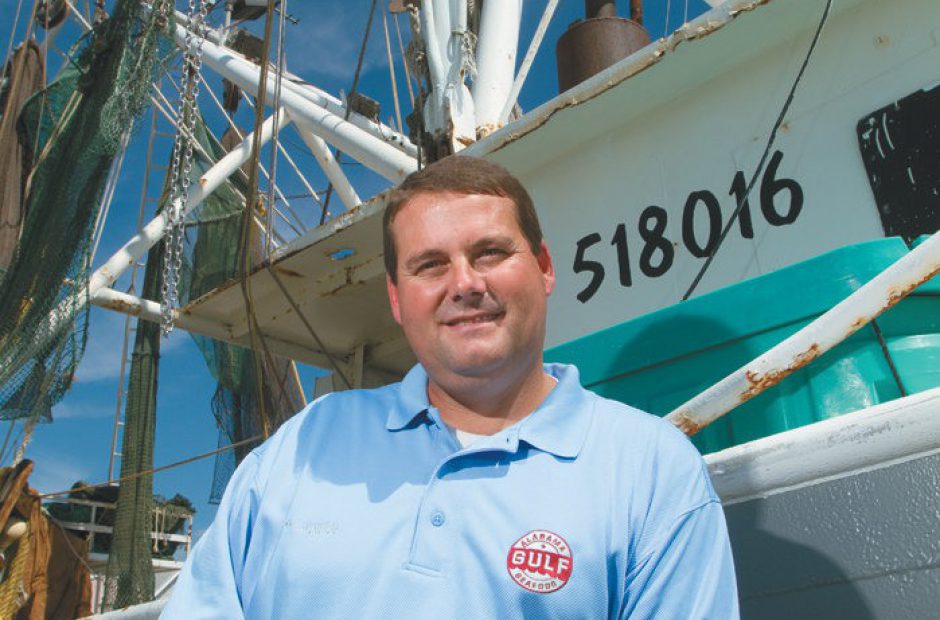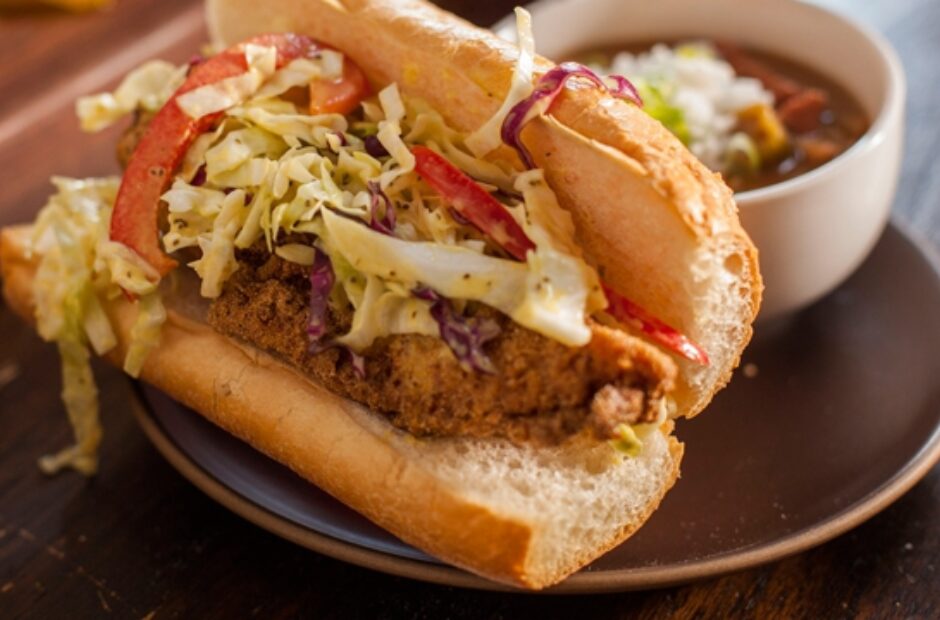


With long summers and mild winters, Alabama is an ideal location for fresh seafood every day and charter boat expeditions all year long.
But when it comes to the many varieties of fish that populate Alabama’s 53 miles of brief but beautiful coastline, warm weather can mean a seasonal wake-up call.
“As the weather starts to warm and we all get a little restless and start moving, so do the fish,” said Chris Blankenship, director of Alabama Marine Resources and program administrator for the Alabama Seafood Marketing Commission. “It always feels so good to get out in the boat and feel the tug on the line again after a long winter.”
Of course, you’ll see these spring fish on menus all year long, but you don’t want to miss them when they’re at their seasonal best. So these upcoming months seafood fans and chefs all across the country will be turning to spring fish for fresh Gulf catches—both on their plate and on their line.
Here are a few Gulf fish to look for this spring.
Amberjack (April – May)
Any angler who’s ever hooked an Amberjack knows one thing—they’re not easy to reel in.
Amberjack arrive in large numbers every April and May, and they’re a prime target for fishermen along the Gulf Coast because of their reputation for putting up a fight. It’s no wonder they’ve earned the nickname “sea donkeys.”
If you’re hunting for Amberjack along Alabama’s coast, the best place to fish is on the larger artificial reefs about 20-60 miles offshore. Amberjack reside in depths of up to 300 feet and can typically be found in large numbers about half way up in the water column near structures like artificial reefs and oil and gas platforms.
Once you’ve hauled one into your boat—or if you’d prefer to buy some filets from your local market and save yourself the trouble—Amberjack makes for an excellent meal. Make sure you cut your portions down to filets just over half an inch thick.
“Amberjack are great grilled,” said Blankenship. “The thick, firmer flesh stays together well when grilled.”
Spotted Seatrout (March – June)
For a smaller, more manageable fishing target, the Spotted Seatrout (Also known as Speckled Trout, or “specks”) is plentiful during the springtime.
“Spotted Seatrout really start to pick up in Mobile Bay and the Mississippi Sound in April and May,” said Blankenship. “They start to move down the Bay from the Mobile Delta and Upper Mobile Bay as the water starts to warm.”
Spotted Seatrout can be found in mixed waters throughout the rest of the year, which makes Alabama an ideal place to track them down. They can be caught in the highly salty water near Sand Island, in the relatively fresh waters of the Mobile Delta and anywhere in between. Just find the shrimp or minnows and you will find trout.
Once you’ve reeled in a few (they’re typically only a few pounds), try cooking them up any number of ways—baked, fried, grilled, poached, you name it.
Spanish Mackerel (March – May)
Weighing in at an average of three pounds and arriving in large numbers every spring, the Spanish Mackerel is a great target for family fishing trips. And they stay near the shore, so you won’t have to look very far.
If you reel in a few of these lightning-quick fish, make sure you’ve brought your appetite—they pack a strong, robust flavor, but you have to cook them quickly.
“Spanish Mackerel are great when caught and cooked the same day,” said Blankenship. “They can be grilled or baked because they have a little oil that keeps them moist. Top it with a little crabmeat sauce, and it is unbelievable.”
Keep in mind, Spanish Mackerel don’t freeze as well as some other fish. So cook them soon if you catch your own, and make sure they’re fresh if you buy them from your local market.
Cobia (March – May)
If you remembered to pack your heavy-duty rod and reel—or you’re just looking to feed your family for days—you’re ready to track down a Cobia or two.
“Cobia can be sight-fished from boats along the Gulf of Mexico shoreline,” said Blankenship. “The big ones up to 100 pounds move along the beach in the spring before going offshore in May and June.”
These large fish have a sweet, almost nutty flavor that goes well with just about any sauce or seasoning, and they can be prepared any number of ways. Just make sure to get them while you can—Cobia are only around close to shore for a few months every year.
You might also run into a few winter fish still hanging around, like Triggerfish or Red Drum.
So grab you gear, take the day off and hit the Alabama coast. And if you need some suggestions on how to cook your catches, check out our recipes section.





